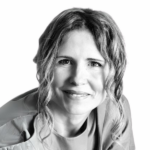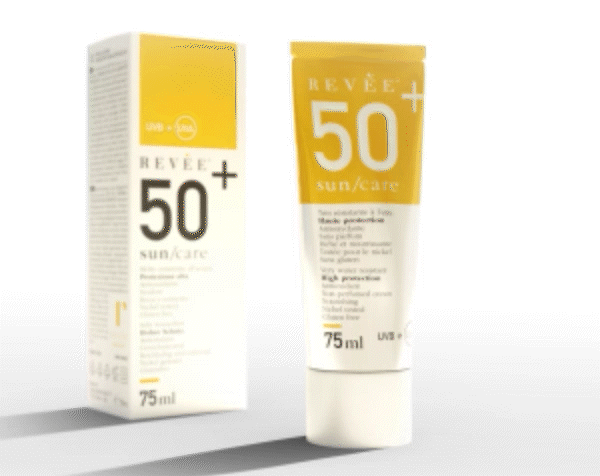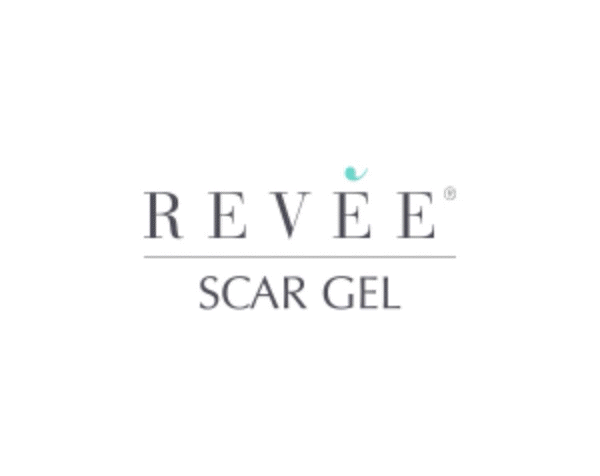Medical doctors and Surgeons
International comparison and new technologies in breast reconstructive surgery
In recent decades, breast reconstructive surgery has undergone significant evolution, both in terms of techniques and materials used. Progress is not confined to the adoption of new technologies but is enriched through the exchange of knowledge between different countries. This is evident from the experience of numerous surgeons who have had the opportunity to train and work abroad. A concrete example is Dr. Alessandro Quattrini Li, Consultant Plastic Surgeon in the Breast Unit of Pisa University Hospital, who has worked in various countries, including Sweden, China, Brazil, and the United States, to enhance his surgical approach and improve patient outcomes.
The influence of international experiences
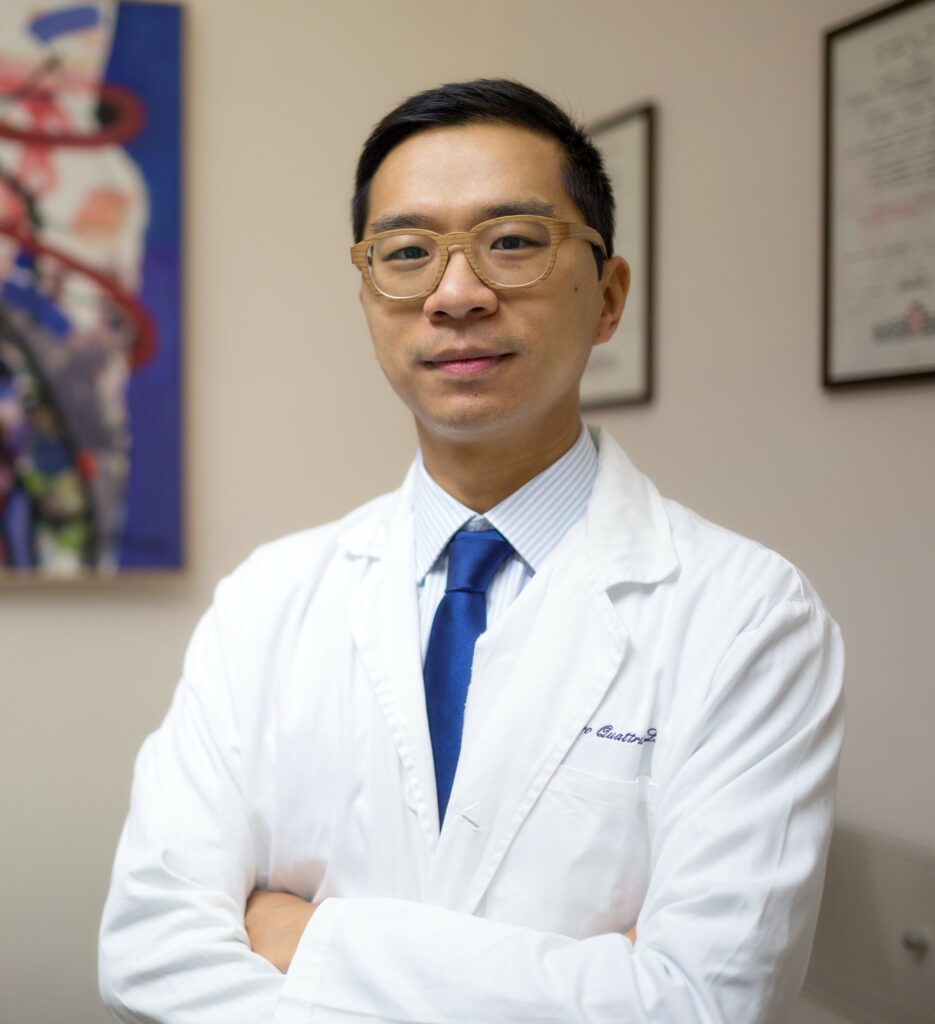
Throughout his career, Dr Quattrini Li has visited numerous world-renowned surgical centres, including a major private clinic in Stockholm. «In Sweden – the surgeon recounts – I had the chance to observe particularly fast and precise suturing techniques, which allowed me to reduce surgery times without compromising the quality of the outcome». This kind of experience highlights how differences between countries can be a source of inspiration, leading to an enrichment of surgical skills.
Another crucial aspect is attention to detail. While in Italy, patient follow-up tends to be extremely thorough, almost obsessive, in other countries, such as Sweden, the doctor-patient relationship is more direct and focused on efficiency. However, Dr Quattrini Li points out that a balance between these two approaches might be ideal: «Italy, for example, offers a level of aesthetic and personalised care that is hard to find elsewhere, but we can learn a lot from the speed and standardisation practices of other countries».
Technological innovation in breast reconstructive surgery
«When I started in 2010, breast reconstruction could only be done in one way: the breast was reconstructed at the end of the mastectomy using an expander placed beneath the pectoral major muscle – recalls the surgeon – Today, that’s still the case, of course, but many other techniques have been developed. We now have a much wider range of options, allowing us to offer patients highly personalised reconstructions based on the type of cancer, physical characteristics, and even the patient’s expectations».
Emerging technologies are radically transforming the field of plastic and reconstructive surgery. Among the most promising are 3D printing, artificial intelligence (AI), and augmented reality, which are opening up new possibilities for both prosthesis design and surgical planning.
For example, 3D printing now allows for the creation of custom prostheses, modelled on the unique anatomical characteristics of each patient. «This is a real paradigm shift – explains Dr Quattrini Li – We can create prostheses that fit perfectly, reducing the risk of complications and improving the final aesthetic appearance».
At the same time, AI is beginning to play a crucial role in predicting conditions and planning surgeries. Thanks to the processing of vast amounts of data, artificial intelligence can help surgeons anticipate possible complications and plan the procedure as safely and efficiently as possible. «AI is set to become an indispensable tool – states the surgeon – Not only will it help us improve clinical outcomes, but it will also enable us to further personalise treatments according to each patient’s specific needs».
Augmented reality in surgical training
Another innovation gaining ground is augmented reality, which allows surgeons to simulate complex operations before entering the operating theatre. This type of technology offers doctors the opportunity to visualise the patient’s anatomical structures in real-time and plan each step of the surgery in detail. «Augmented reality has the potential to revolutionise surgical training – the surgeon emphasises – Not only can we better prepare young doctors, but we can also reduce the margin of error during surgeries».
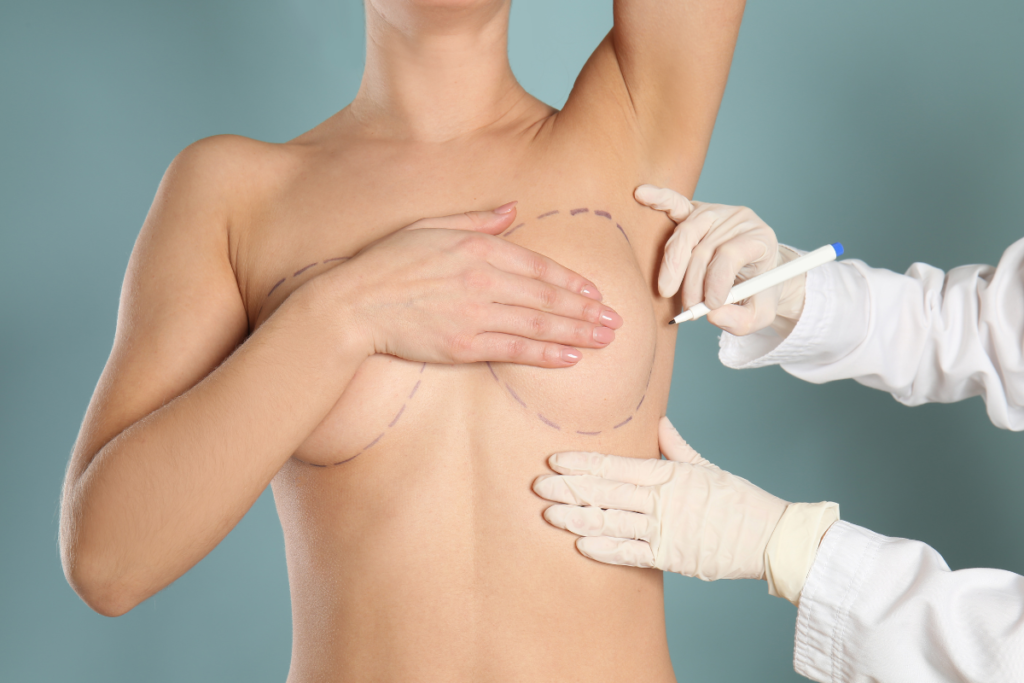
Looking to the future, emerging technologies and the integration of international experiences will allow reconstructive surgery to make significant advancements. It will no longer be just about improving aesthetics, but about personalising each procedure based on the specific needs of each patient, ensuring maximum safety while reducing recovery times.
«Plastic and reconstructive surgery is a constantly evolving field – concludes Dr Quattrini Li. – The importance of international comparison, combined with the adoption of new technologies such as AI, 3D printing, and augmented reality, will open up new frontiers in patient care. Technologies help predict potential complications. With 3D printing, the hope is to have more natural prostheses that could even serve as scaffolds for tissue regeneration, allowing reconstruction with the patient’s own tissues».



















